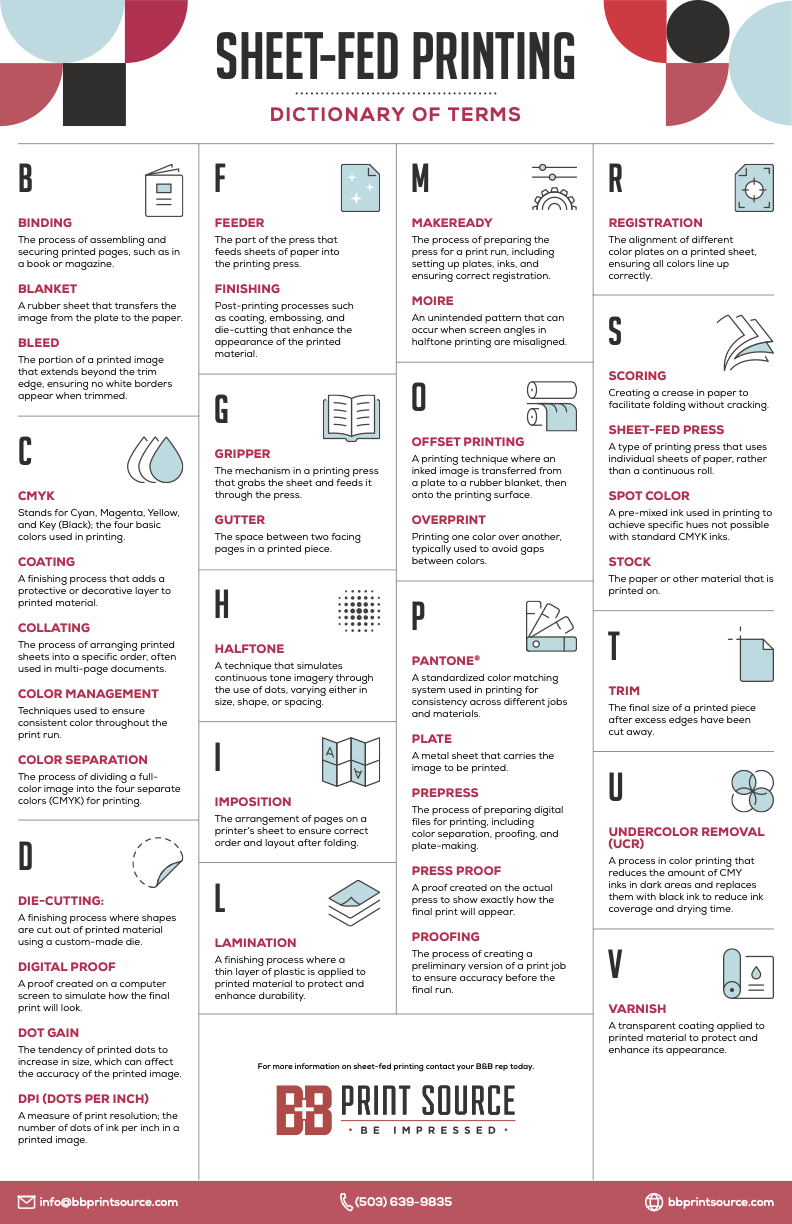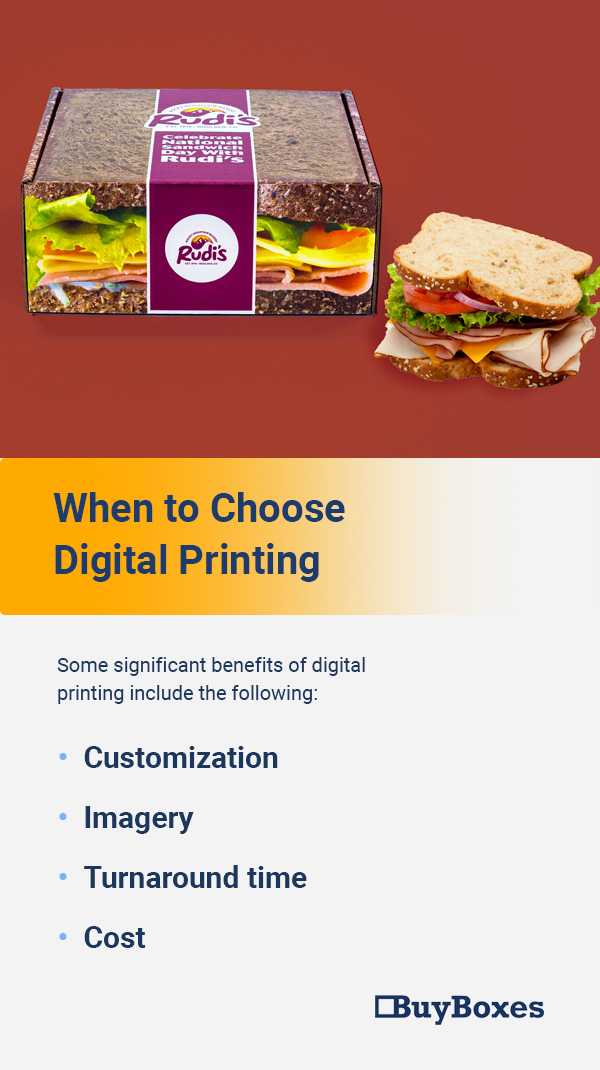Getting The 24??media To Work
Table of ContentsThe 3-Minute Rule for 24??mediaThe Ultimate Guide To 24??mediaThe Ultimate Guide To 24??mediaThe Buzz on 24??mediaWhat Does 24??media Mean?
Innovations in print innovation are altering the communications playing area when it pertains to top quality, affordability and sophisticated capacities. Offset printing and electronic printing are the significant processes whereby print work are carried out both using four-color printing techniques. Each option has its benefits, providing different strategies to meet the needs of diverse production tasks.
Normally, this has actually been one of the most consistent technique for exactly maintaining shade matches, making it excellent for print runs that only call for fixed printing such as pre-printed types, sales brochures, flyers, calling card, and mass postcard mailings. Due to the static nature of litho printing, it is not excellent for variable print items that will be sent by mail to individual receivers such as declarations, letters, and personalized postcards.
24??media Fundamentals Explained
The current advancements in print technology are helping to bring much of offset's advantages right into the electronic printing world genuinely altering the face of modern-day printing! There are some crucial distinctions in between Offset Printing and Digital Printing (Stickers). This guide reveals the benefits and negative aspects of each printing approach. There is an indisputable and expanding variety of advantages to using the electronic print process.
Today's digital print devices is amongst the most advanced on the market. Right here are several of the most significant advantages of using digital printing: control the digital print room, with full-color printing finished in one process and perfectly published straight from a print data. Without a lengthy set up procedure, the calibration time of a details work is shortened, adding to quicker print time and total distribution.
The inkjet printing process has actually assisted to revolutionize the market as well as the top quality and rate of the output. The current inkjet innovation can print on conventional balanced out stocks with boring, silk, and glossy coatings. Top quality digital print paired with software-managed shade monitoring practices includes optimum value to print items and makes production processes a lot more trustworthy than offset.
The Best Strategy To Use For 24??media
(https://www.slideshare.net/fredmack01)
Precise quantities of ink and toner are used to prevent waste. Eco-friendly and biodegradable inks and toners are also available for even more sustainable printing. Digital print likewise gets rid of the demand to clean plates or coverings with unsafe chemicals at the end of the printing process. As the high quality of electronic print services raises, the advantages come to be significantly apparent and helpful.
Variable information helps services reach their precise consumers and audience with uniquely-created and personalized content. As technology boosts, the quality of digital printing has actually ended up being second-to-none, with better detail, color match capabilities and general precision. Without the need to wash plates or make use of excess ink, digital printing is also less wasteful and normally much more eco-friendly.
Conventional printing approaches, such as balanced out lithography ("balanced out") and flexography ("flexo"), involve multiple make-ready actions to move an original picture to a substrate. These approaches need the manufacturing of a collection of plates placed on a cyndrical tube to move ink that forms the desired image when incorporated on paperboard and other product packaging materials. Digital Printing.
4 Easy Facts About 24??media Shown
While electronic printing is a sensible alternative for most short-run print workspecial events, prototyping, or other considerationsits modern-day abilities actually receive quick turnarounds. Being able to tailor packaging via variable data printing has actually opened up new possibilities for you to engage with your customers in more tailored methods. Digital printing, with less moving pieces, is a lot more nimble than balanced out hereof.
Reduced set-up time conserves money on the front end. And considering that these are not substantial mass orders, smaller sized businesses can manage to publish without having to satisfy the greater and a lot more costly print thresholds of standard printing.
Make sure you work together with a printing and product packaging companion that has the ideal qualifications. While eleventh-hour printing and customization resource are a substantial benefit, electronic might not constantly be the finest method for you. For instance, balance out printing has the benefit of cost-effectiveness with huge print runs, specifically those with innovative attractive results and specialized layers.

24??media Things To Know Before You Get This
The positive plate, with its smooth surface area, brings in oil-based inks and drives away water. In contrast, the negative plate, with its rough structure, soaks up water and repels oil. Rubber rollers are then utilized to move the photo from the plate to the corrugated surface.
Corrugated paper can sometimes verify to be a difficult surface area to publish on, however Litho prints to a separate surface area and is after that laminated flooring to it, making it easy to print high-quality images. It can be exceptionally consistent, even for futures. Actually, the extra you print, the more affordable the expenses come to be for Litho.
What Litho does not offer you is exactly what Digital does, personalization. Pricey set up Longer turnaround No Variable Data Printing Smaller color range, shades can be less brilliant Digital printing is the process of printing electronic photos directly onto the corrugated substratum using a single-pass, direct-to-corrugate technique.